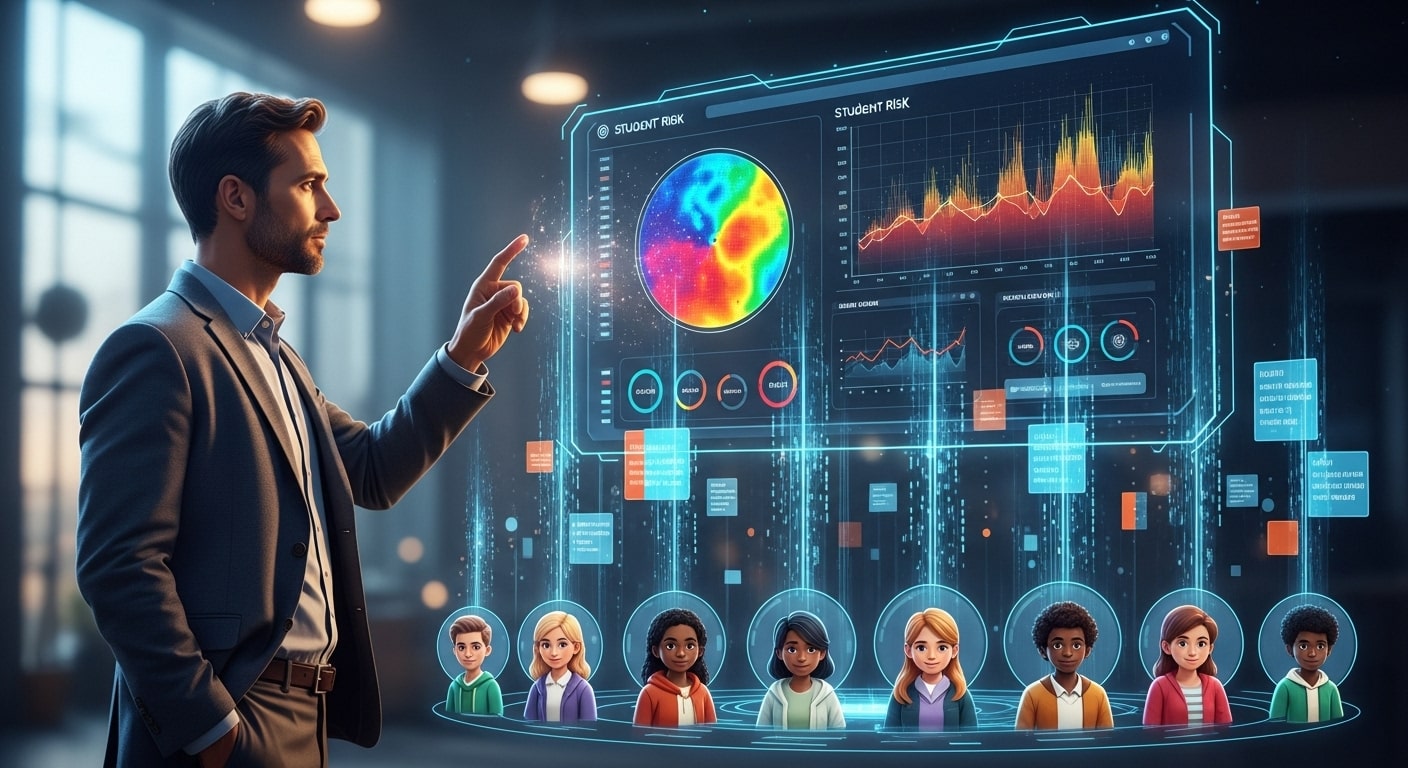While ChatGPT has become synonymous with AI in education, it represents just one tool in an expanding ecosystem of AI solutions designed specifically for teaching and learning. In 2025, educators have access to a diverse array of specialized AI tools that address specific educational needs. Here’s a survey of essential AI tools beyond ChatGPT that are transforming classrooms.
Content Creation and Lesson Planning
MagicSchool.ai has emerged as a comprehensive AI platform specifically designed for educators. Unlike general-purpose AI, it understands curriculum standards, pedagogical approaches, and classroom dynamics. Teachers can generate differentiated lesson plans, worksheets, assessments, and interactive activities aligned with specific learning objectives and student needs.
Canva Edu AI combines visual design with AI assistance, allowing teachers to create engaging visual content for instruction. Its education-specific templates and AI-powered design suggestions help create professional-looking presentations, infographics, and other visual learning materials without graphic design expertise.
Personalized Learning
DreamBox Learning has evolved its adaptive math platform with more sophisticated algorithms that not only adjust content difficulty but also identify and address specific misconceptions. The system recognizes patterns in student errors to determine underlying conceptual misunderstandings and provides targeted remediation.
Newsela AI now uses artificial intelligence to not only adjust reading levels but also match current events content to individual student interests while still addressing required standards. This helps engage students with personalized, relevant reading materials.
Assessment and Feedback
Gradescope AI has expanded beyond simple multiple-choice grading to provide intelligent assessment of open-ended responses. It can evaluate mathematical work, code, diagrams, and written responses, providing consistent scoring and detailed feedback while saving teachers hours of grading time.
Feedback Genius specializes in providing formative feedback on student writing across subjects. Unlike general grammar checkers, it offers discipline-specific guidance on content, structure, evidence use, and critical thinking appropriate to different academic contexts.
Classroom Management and Analytics
ClassPulse AI uses natural language processing to analyze classroom discussions and provide insights on participation patterns, question quality, and concept coverage. This helps teachers ensure equitable participation and identify topics that may need reinforcement.
EduSight Analytics aggregates data from various learning platforms to provide holistic views of student progress. Its predictive analytics can identify students at risk of falling behind before traditional assessments would catch issues, enabling earlier intervention.
Accessibility and Inclusion
Translator+ goes beyond simple translation to provide culturally contextualized communication support for multilingual classrooms. It helps teachers create materials that are not just linguistically appropriate but also culturally relevant for diverse student populations.
AccessiBuddy automatically transforms educational materials into formats accessible for students with various disabilities. It can generate audio versions, simplified language versions, visual supports, and other accommodations based on individual student needs.
Implementation Considerations
When exploring these tools, consider:
- Start with specific needs rather than adopting technology for its own sake
- Pilot before full implementation to evaluate effectiveness in your context
- Provide adequate training for both teachers and students
- Establish clear policies about appropriate use and data privacy
- Regularly evaluate impact on teaching practices and student outcomes
The most successful AI implementations are those that address genuine educational challenges while complementing rather than replacing the essential human elements of teaching and learning.
Want to learn more about implementing AI in your classroom? Check out our next article: “Making Education Accessible with AI: An Introduction.”




